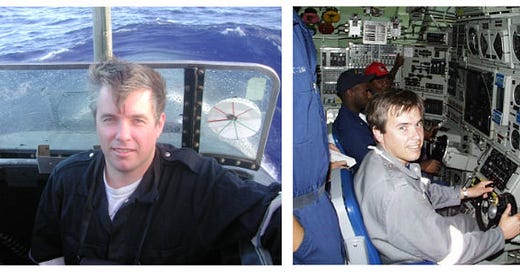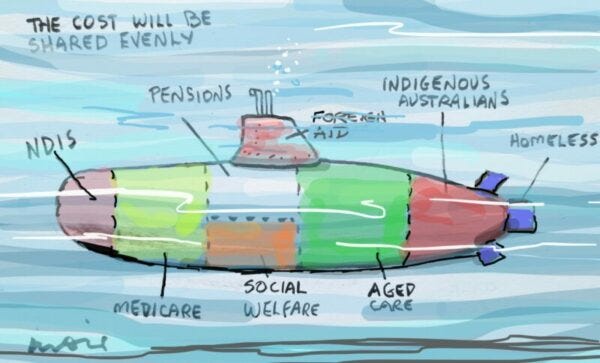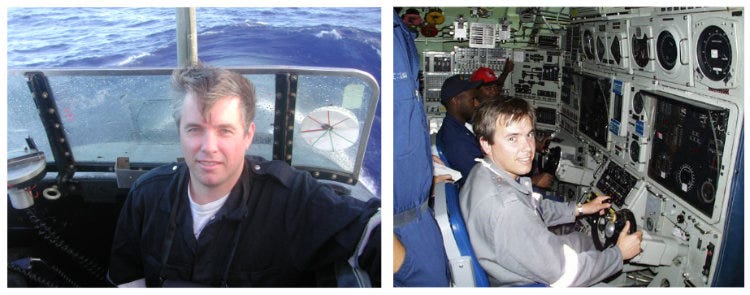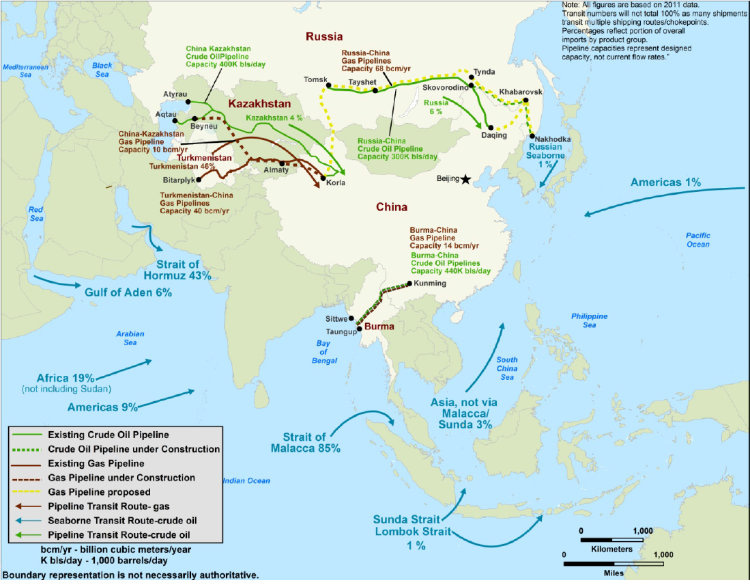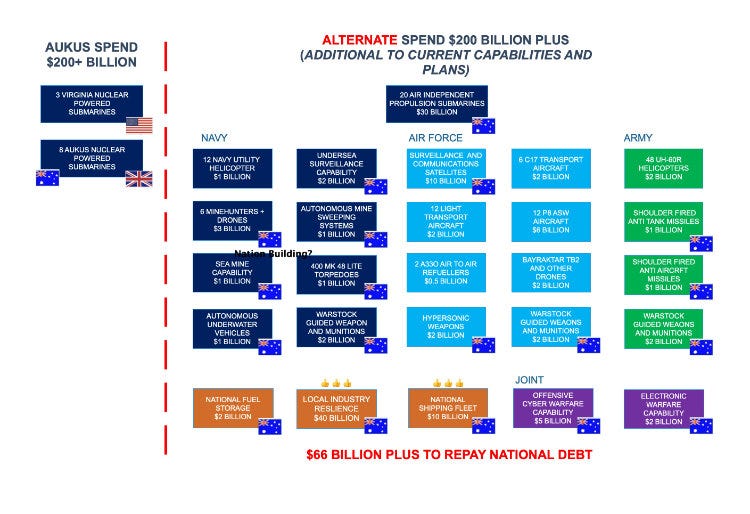I just want a Ferrari, sorry, a Nuclear Submarine, no matter the cost
By Rex Patrick: Michael West Media
Prime Minister Anthony Albanese has just committed Australia to spending $368 billion on somewhere between three and five second-hand US Virginia Class submarines, and a follow on build of eight next generation British AUKUS nuclear submarines. It’s a strategic blunder, writes former submariner Rex Patrick, and it’s not even going to happen the way the PM has suggested.
I just want a Ferrari. All my mates tell me they’re great cars. Never mind that, financially, I’m already struggling to keep up with the house repayments and, over time, the wife and kids are going to have to miss out on some of life’s niceties and even essentials; no orthodontic treatment to straighten my daughter’s teeth, no tutor to assist my son through extension maths and the wife won’t be able to afford to go back to uni to get her masters.
But I’ll look good cruising down Jetty Road at Glenelg in my shiny red machine. Now, just between you and me, the Ferrari’s not so good for going off-road or towing the family caravan, but hey, otherwise it is a great car.
Nuclear capability
Coming back from my Ferrari dream, it’s true that nuclear submarines are good. I know, because I’ve spent time at sea on them.
Rex at Sea on USS Santa Fe
There’s nothing like taking the submarine down to 200 metres and turning up the power on the reactor to get to 30 knots, and then staying there, knowing you have almost unlimited power. It allows you to deploy great distances, arriving quickly. That’s important for the power projecting nations that sit as permanent members of the United Nations Security Council; China, France, Russia, the UK and the US all have nuclear submarines.
But Australia is not a power projecting nation.
Our first priority is supposed to be defence of Australia, and our Defence Force should be configured for that, first and foremost. Even those who think we must automatically join the US in a war against China need to understand US strategy and what Australia’s role would likely be.
China depends on imports for 72% of its oil consumption, and the overwhelming majority of China’s oil imports must pass through maritime chokepoints over which the United States has significant influence. China’s dependency is complicated by the fact an overwhelming portion of its energy imports come from its west. 43% of its oil is sourced in the Persian Gulf, 25% from the Gulf of Aden and Africa and 9% from the Americas, with the overwhelming majority of that passing through the Malacca Straits. Security of supply would be a significant weak point in any conflict China finds itself involved in with the US.
In time of conflict the United States Navy, perhaps in conjunction with European or other regional coalition partners, could secure the Straits of Hormuz. India, part of the Quad, could assist with operations from the Persian Gulf through to the Andaman Seas.
China’s Import Transit Routes (Source: US DoD)
Indonesia, Malaysia and, particularly, Singapore would exercise control over the Malacca Straits with Indonesia and Australia jointly responsible for shutting down Chinese oil carriage through Sunda and Lombok (and up through Makassar Straits). With these routes controlled, the only remaining option for China would be to re-direct shipping around Southern Australia.
Australian submarines are not needed in the South China Sea. The US will rely on Japan’s 20 submarines, South Korea’s 23, and Vietnam’s six, and Malaysia’s two and Singapore’s six. Our submarines have a role to play in shutting down the Sunda and Lombok Straits, or Chinese ships passing through Australian waters. This is a role that can be carried out by far less expensive conventional submarines.
The pros and cons of going nuclear
Of course, it’s true to say that it’s handy to have a reactor when you are detected by enemy anti-submarine forces. Speed can be a very useful asset.
The flip side is that smaller conventional submarines are better performers in littoral waters where they can silently lie in wait, lay mines or covertly deploy Special Forces.
We don’t need nuclear powered submarines. Off the shelf conventional submarines, for which we could get 20, built here, for $30 billion dollars would do 95% of anything within our submarine operational requirements.
Unsustainable price
The purported cost of this program is “up to” $368 billion dollars. That’s an incredible amount of money to spend, and particularly on a single capability.
Australia has $970 billion dollars in gross debt. It will rise to a trillion dollars next financial year. Albanese says that out Defence budget will increase to 2.5% of GDP. That’s an extra $10 billion per annum, on top of a structural deficit of $50 billion a year, already rising to $70 billion.
With Stage 3 tax cuts set to kick in next year, and revenue from coal and gas exports likely to decrease, it hard to work out how AUKUS will be paid for, other than by spending cuts.
Nation building spin
The Government has started to offset concerns about the spend and placate the punter by saying that this is a nation building project. But this is just spin.
Yes, shipbuilding creates trade jobs which can be utilised in a range of different industries other than defence. The same is true for the electronic engineers and software engineers that work on submarine combat systems.
But as for where a lot of workforce investment will take place, it will be in nuclear technology. This investment will not translate into benefits for the Australian economy, because there are no plans for us to have a civil nuclear industry. Even if Australia were to take a decision to go there, the US will not grant the nuclear technology release or transfer approval.
Any investment in a nuclear workforce will be a sunk Defence cost.
Dismantling of our sovereign submarine build capability
We will see an Australian flagged nuclear submarine in our waters in the early 2030’s. At that time we will start decommissioning Collins Class submarines and the workforce in Adelaide, who carry out full cycle dockings and life of type extension. That activity will stop, and 700 jobs will go.
The Government tells us that we will start building next generation SSN AUKUS submarines in 2040. But they are wrong. Once the Adelaide workforce is disbanded, we won’t rebuild a submarine build workforce. We will just buy an AUKUS submarine from the UK, or perhaps more US Virginia class boats instead.
Opportunity cost
There is a real tension building to our north. We need to have a Defence Force that can deter and, if that fails, fight.
This multi-billion dollar program will come at a great opportunity cost. What significant other capabilities do we miss out on as we fund this program? In that respect there is tragedy in the way we are moving forward.
AUKUS Opportunity Cost (Source: Rex Patrick)
Will it happen?
We’ve seen our future submarine go from an Australian “Son of Collins” under Rudd, to a Japanese submarine under Abbot, to a French submarine under Turnbull, to a US and UK submarine under Morrison and Albanese. The reality is that as Governments change moving forward, and that includes in the US and UK, the program will change again. And that’s not to mention significant changes that could take place in our geo-strategic circumstances.
In 2040, when we are purportedly going to start building an AUKUS submarine here in Australia, Anthony Albanese will be 77. You and I will be reading the second edition of his political memoirs, picked up from the discount bin at the front of the local bookstore. There’ll be a different program underway.
I’d love a new Ferrari, but I’d have to pay for it, so it just won’t happen. Unconstrained by the need to pay for it themselves, the Prime Minister, supported by a few Admirals, just wants nuclear submarines.
Rex Patrick is a former Senator for South Australia and earlier a submariner in the armed forces. Best known as an anti-corruption and transparency crusader -- www.transparencywarrior.com.au
Feature Image by leading Australian cartoonist Alan Moir -- www.moir.com.au

